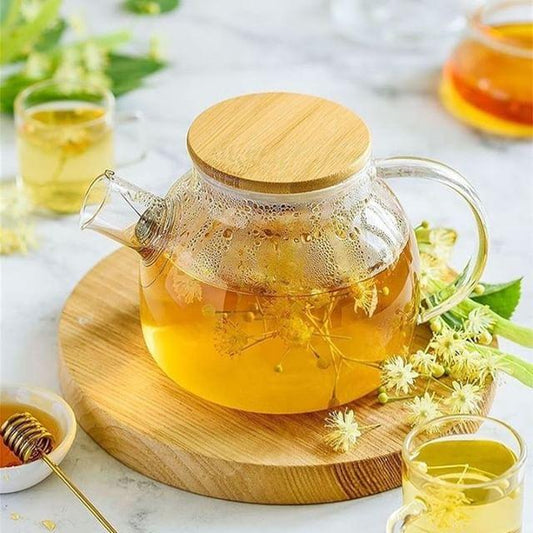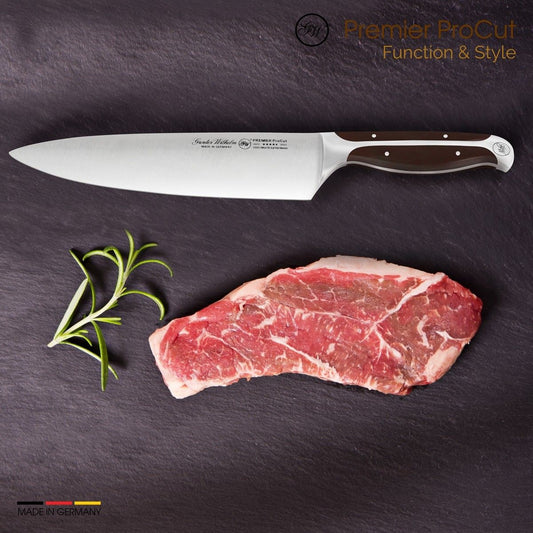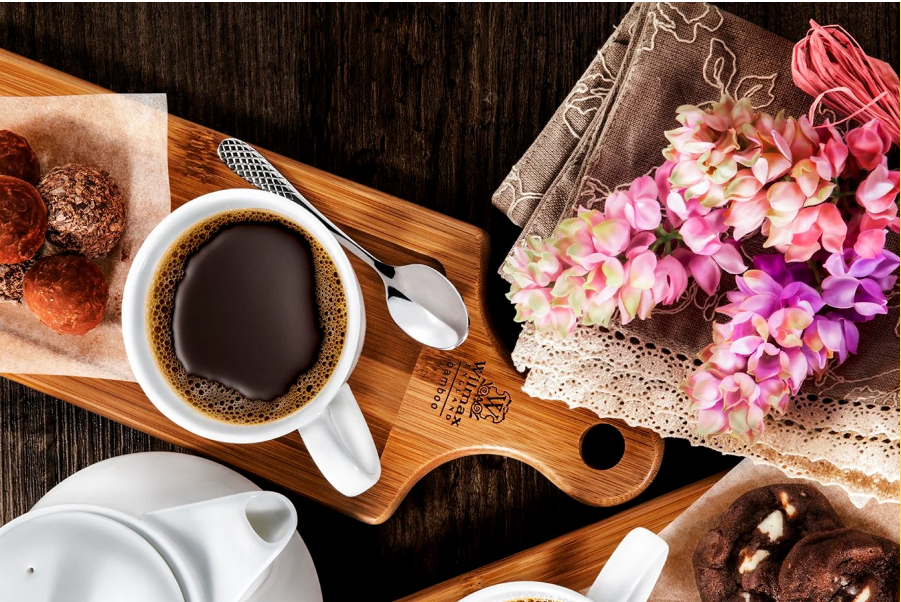Fermented Foods 101: From Sauerkraut to Kombucha

Fermentation is an ancient culinary technique that has stood the test of time. From sauerkraut to kombucha, fermented foods offer unique flavors, probiotic benefits, and a fun, hands-on DIY experience. Whether you’re a fermentation beginner or looking to expand your skills, this guide will walk you through the basics of fermentation, health benefits, and essential safety precautions for making your own probiotic-rich foods at home.
1. What is Fermentation?
Fermentation is a natural process where beneficial bacteria, yeast, or fungi break down sugars into acids, alcohol, or gases. This not only preserves food but also enhances its flavor, texture, and nutritional value.
🔹 Types of Fermentation:
- Lactic Acid Fermentation (Lacto-Fermentation) – Used in sauerkraut, kimchi, pickles, and yogurt.
- Alcohol Fermentation – Used to make beer, wine, and some bread (like sourdough).
- Acetic Acid Fermentation – Used to make vinegar and kombucha.
These processes not only create delicious foods but also introduce gut-friendly probiotics that support digestion and overall health.
2. Health Benefits of Fermented Foods
✔ Rich in Probiotics – Supports gut health by replenishing good bacteria.
✔ Improved Digestion – Aids in breaking down food, making nutrients easier to absorb.
✔ Boosted Immunity – A healthy gut microbiome contributes to a stronger immune system.
✔ Enhanced Nutrient Content – Fermentation increases levels of vitamins like B12, K2, and beneficial enzymes.
✔ Supports Mental Health – Gut health is linked to mood and brain function.
Incorporating fermented foods into your diet can promote better digestion, immunity, and overall wellness.
3. DIY Fermentation: Getting Started
🔹 Basic Equipment Needed
- Glass jars or fermentation crocks – Non-reactive containers for fermenting.
- Non-iodized salt – Sea salt or Himalayan salt works best.
- Filtered or dechlorinated water – Chlorine can disrupt fermentation.
- Airtight lids or fermentation weights – Helps prevent contamination.
- Clean utensils – Always work with sterilized equipment to avoid mold or unwanted bacteria.
🔹 Essential Fermentation Tips
✔ Use fresh, high-quality ingredients – Better ingredients yield better fermentation results.
✔ Keep everything clean – Sterilized jars and utensils reduce contamination risks.
✔ Maintain the right temperature – Most fermentations thrive between 65-75°F (18-24°C).
✔ Taste and adjust – Fermentation times vary; taste-test your batch after a few days.
4. Popular DIY Fermented Foods & How to Make Them
🥬 Sauerkraut (Fermented Cabbage)
A tangy, probiotic-packed side dish that’s simple to make.
📝 Ingredients:
- 1 medium head of cabbage, finely shredded
- 1 tbsp non-iodized salt
👩🍳 Instructions:
- Massage the salt into the shredded cabbage until liquid is released.
- Pack tightly into a jar, submerging cabbage in its own brine.
- Cover with a fermentation weight and loosely seal.
- Ferment at room temperature for 1-3 weeks, checking daily.
- Store in the fridge once it reaches the desired tanginess.
✨ Tip: Add caraway seeds, garlic, or chili flakes for extra flavor!
🌶 Kimchi (Spicy Fermented Vegetables)
A spicy, umami-rich Korean staple.
📝 Ingredients:
- 1 medium Napa cabbage, chopped
- 1 tbsp sea salt
- 2 tbsp gochugaru (Korean chili flakes)
- 1 tbsp minced garlic
- 1 tbsp grated ginger
- 2 tbsp fish sauce (or soy sauce for vegan option)
👩🍳 Instructions:
- Salt the cabbage and let it sit for 1-2 hours until it softens.
- Rinse, drain, and mix with chili flakes, garlic, ginger, and fish sauce.
- Pack into a jar, pressing to submerge in liquid.
- Ferment at room temperature for 3-7 days, then refrigerate.
✨ Tip: Taste-test daily—kimchi gets tangier over time!
🥒 Lacto-Fermented Pickles
A healthier, probiotic-packed version of classic pickles.
📝 Ingredients:
- 4-5 small cucumbers
- 2 tbsp sea salt
- 2 cups filtered water
- 2 cloves garlic, smashed
- 1 tsp mustard or dill seeds
👩🍳 Instructions:
- Dissolve salt in water to create a brine.
- Pack cucumbers, garlic, and spices into a jar.
- Pour brine over cucumbers, ensuring they stay submerged.
- Cover and ferment for 5-10 days, then refrigerate.
✨ Tip: Use grape leaves or black tea leaves to keep pickles crisp!
🍵 Kombucha (Fermented Tea)
A fizzy, slightly tangy probiotic tea.
📝 Ingredients:
- 4 cups brewed black or green tea
- ½ cup sugar
- 1 kombucha SCOBY (Symbiotic Culture of Bacteria and Yeast)
- ½ cup starter tea (from a previous batch)
👩🍳 Instructions:
- Brew tea, dissolve sugar, and let cool completely.
- Add SCOBY and starter tea to a large glass jar.
- Cover with a breathable cloth and ferment at room temperature for 7-14 days.
- Bottle and refrigerate for a fizzy finish.
✨ Tip: Add fruit juice during bottling for natural flavoring!
5. Safety Precautions for Home Fermentation
✔ Use clean equipment – Wash hands, jars, and tools before starting.
✔ Keep food submerged – Exposure to air can cause mold. Use weights if needed.
✔ Watch for signs of spoilage – If you see mold, slimy textures, or a foul smell, discard the batch.
✔ Taste and smell regularly – Fermented foods should have a pleasantly sour aroma.
✔ Store properly – Once fermentation is complete, refrigerate to slow further fermentation.
6. How to Incorporate Fermented Foods into Your Diet
- Top Your Dishes – Add kimchi or sauerkraut to grain bowls, tacos, or sandwiches.
- Blend Into Smoothies – Use kefir or yogurt for a probiotic boost.
- Drink Daily – Enjoy a small glass of kombucha or water kefir.
- Marinate Proteins – Use miso or fermented soy sauce in marinades.
Regularly consuming fermented foods can help balance gut bacteria and enhance digestion, making them a nutritional powerhouse in any diet!
7. Final Thoughts: Start Your Fermentation Journey
Fermentation is both an ancient art and a modern wellness trend, offering countless benefits for your gut and overall health. Whether you're making sauerkraut, kombucha, or kimchi, this process transforms everyday ingredients into flavorful, probiotic-rich superfoods.
So, are you ready to try fermenting at home? Pick a recipe, grab your ingredients, and start experimenting with the magic of fermentation! 🌿✨
Share:





